 |
DIGITAL software engineers begin to participate in USENET newsgroups such as comp.sys.dec to provide informal customer support over the Internet. |
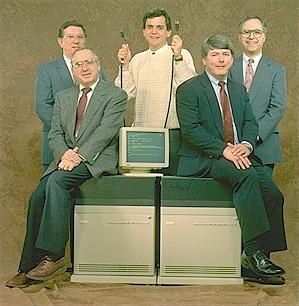 |
February:
Adding fault-tolerant technology to the VAX family, DIGITAL introduces the VAXft 3000 system.
The VAXft 3000 was the first fault-tolerant system in the industry to run a mainstream operating system (VMS) and the first system in which every component, including the backplane, was mirrored. In the event of a power failure, the complete in-cabinet system was kept operational for up to fifteen minutes by its own built in power supply. The VAXft 3000 development team included (left to right) Clem O'Brien, George Hoff, Frernando Colon Osorio, Rich Whitman and Bob Glorioso. |
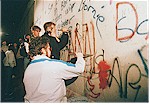 |
March:
An operations center is opened in Berlin to prepare for the opportunities created by a unified German marketplace. |
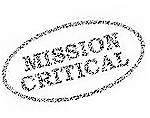 |
March:
DIGITAL delivers the first integrated hardware/software premium support service tailored to the availability and responsiveness needs of Mission Critical customers. This service, packaged with the VAX 9000 mainframe class machine, was the fundamental start for future premium services. |
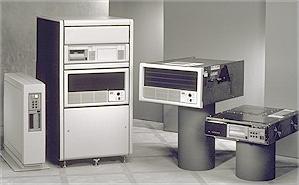 |
May:
The 20th anniversary of the first PDP-11 computer is marked by the introduction of two new PDP-11 systems: the MicroPDP-11/93 and the PDP-11/94.
Both the MicroPDP-11/93 and the PDP-11/94 offered a performance increase of up to 40% over the previous high-end PDP-11 systems. The new machines were the latest members of the longest-lived family of general-purpose computers. At this point, the series included over 20 members; more than 600,000 had been installed. |
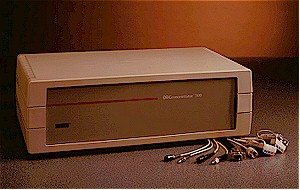 |
May:
DIGITAL begins shipment of its second-generation LAN products.
The new LAN products were based on the ANSI/FDDI 100-megabit-per-second token ring standard. DIGITAL was among the first companies to ship products based on FDDI. Shown here is a DECconcentrator 500. |
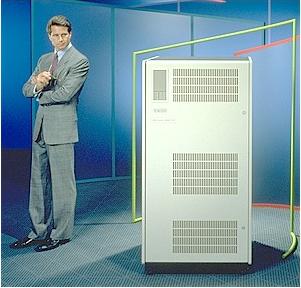 |
October:
The Mariah chip set ships in the VAX 6500.
The Mariah chip set, an improvement on the Rigel chip set, was manufactured in 1.0 micrometer CMOS technology. The VAX 6500 processor delivered approximately 13 times the power of a VAX-11/780 system, per processor. The 6500 systems (shown here) implemented a new cache technique called write-back cache, which reduced CPU-to-memory traffic on the system bus, allowing multiprocessor systems to operate more efficiently. |
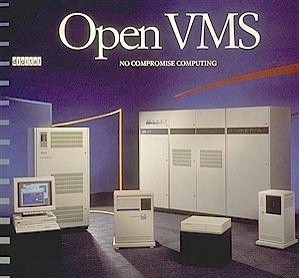 |
October:
DIGITAL announces its commitment to open standards for VMS.
With OpenVMS, VMS now supported the widely accepted POSIX standards of the IEEE (Institute of Electrical and Electronics Engineers). The VMS operating system was also "branded" by X/Open, the nonprofit consortium of many of the world's major information system suppliers. |
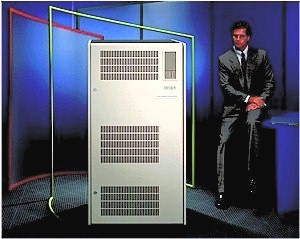 |
October:
VMS V5.4 ships.
VMS V5.4 supported the VAX 6000-510 and 520 processors and featured a vector processing option for VAX 6000-4xx, DCL commands for Fault Tolerant (VAXft) systems, TPU enhancements, DECwindows enhancements, MSCP load balancing and preferred path, and password history, dictionary and site specific password filters. |



